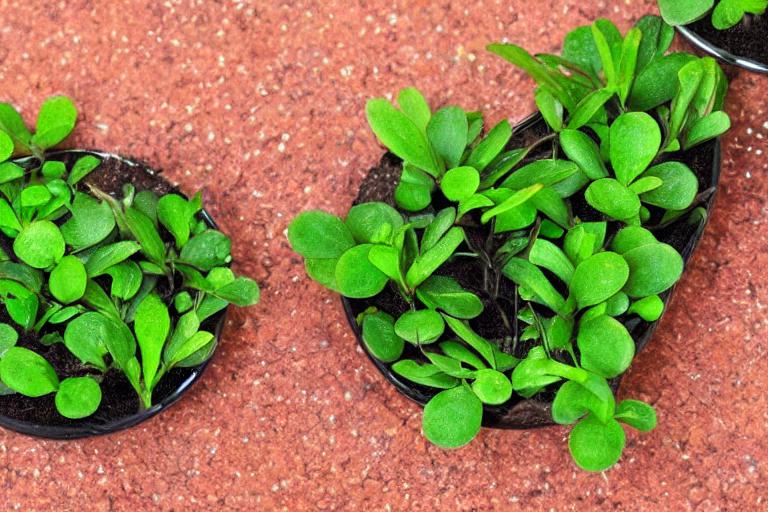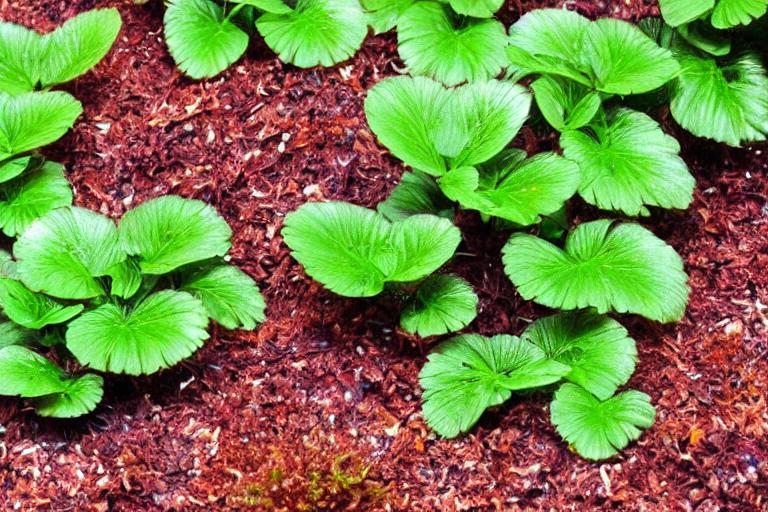If you’re looking to add some Bucephalandra to your aquarium, you’ve come to the right place. This guide will teach you everything you need to know about caring for Bucephalandra, from beginner to expert. We’ll cover topics like tank size, water parameters, lighting, and more. By the end of this guide, you’ll be an expert on Bucephalandra care!
What is bucephalandra?
The genus is endemic to Borneo. Bucephalandra is a genus of flowering plants in the family Acanthaceae.
The genus is endemic to Borneo. There are approximately 60 species in this genus. The leaves are usually dark green and glossy, and the flowers are small and white. Bucephalandra is a genus of flowering plants in the family Acanthaceae. Bucephalandra are slow-growing epiphytes that can grow on rocks or tree trunks in humid, shady conditions.
They can be propagated by dividing the plant or by taking stem cuttings. Bucephalandra are popular aquarium plants because they are easy to care for and they look good in a planted tank. Bucephalandra can also be propagated in an aquarium by attaching the plant to driftwood or rocks.

Natural habitat
Bucephalandra are a unique and interesting species of plant that originates from Borneo. They are often found attached to rocks or tree roots in their natural habitat and can be found in a variety of colors and patterns.
They do not require much care or attention and can thrive in a variety of different environments. Bucephalandra are a low-maintenance plant that is perfect for beginners.
If you are looking for a plant that is both unique and easy to care for, Bucephalandra is the perfect choice for you!
Tank Size, Water Parameters, and Lighting Requirements
Bucephalandra are a beautiful and unique type of plant that can make a great addition to any aquarium. They are relatively easy to care for, but there are a few things to keep in mind when it comes to their tank size, water parameters, and lighting requirements.
Tank Size: Bucephalandra can be kept in tanks as small as 10 gallons, but they will do best in a larger tank of 20 gallons or more. This will give them plenty of room to grow and spread out.
They also prefer soft water, with a hardness of 5-10 dGH. Water Parameters: Bucephalandra prefer water that is slightly acidic to neutral, with a pH of 6.0-7.5.
Lighting Requirements: Bucephalandra do best in low to moderate lighting. They can tolerate higher lighting levels, but they may start to lose their coloration if they are exposed to too much light.
Tank Size
When it comes to Bucephalandra, tank size does not necessarily dictate the number of plants you can keep. However, there are a few things to keep in mind when choosing a tank size for your Bucephalandra. In fact, a smaller tank can actually be easier to care for since it requires less maintenance.
Bucephalandra can range in size from a few inches to a few feet, so you’ll need to choose a tank size that can accommodate the plants you want. First, consider the size of the plants you want to keep.
If you’re planning on keeping fish or other aquatic creatures, you’ll need to make sure they have enough space to swim and that the plants won’t overcrowd the tank. Second, think about the other inhabitants of your tank.
A smaller tank will need to be cleaned more often than a larger one, so if you’re not up for the extra work, choose a larger tank. Finally, consider your own maintenance schedule.
Overall, the size of your Bucephalandra tank is up to you. Just be sure to take into account the size of the plants you want to keep, the other inhabitants of your tank, and your own maintenance schedule.
Water parameters
Water parameters are extremely important when keeping Bucephalandra. The ideal water parameters for Bucephalandra are: They are very sensitive to changes in water quality and parameters outside of their ideal range can cause serious harm.
pH: 6.0-7.5
Temperature: 22-26 degrees Celsius
GH: 4-8
KH: 2-4
Bucephalandra are also very sensitive to changes in water quality. Ammonia, nitrites, and nitrates should all be at 0ppm. If your water quality is not up to par, it is best to do regular water changes to avoid any issues.

Lighting
They are known for their beautiful, unique leaves that come in a variety of colors and patterns. Bucephalandra are a type of plant that originates from Borneo.
If you are growing bucephalandra for their aesthetic value, it is best to stick to lower light levels. When it comes to lighting, bucephalandra do best in low to moderate light. They will tolerate higher light levels, but may start to lose their vibrant colors.
If you are keeping your bucephalandra in a cooler environment, you may need to provide additional light to prevent them from becoming etiolated (stretchy and leggy). Bucephalandra are not demanding when it comes to lighting, but it is important to remember that they are tropical plants. This means that they do best in warm temperatures.
CO2 and fertilization for bucephalandra
The genus is native to Borneo. Bucephalandra is a genus of epiphytic aroid in the family Araceae.
Bucephalandra are slow growers and can take many years to reach their full potential size. They are best suited for growing in shaded areas with high humidity and moderate to high lighting.
CO2 levels should be kept at 30-40 ppm and fertilization should be done every 2 weeks with a balanced fertilizer. CO2 and fertilization are important for bucephalandra growth.
Propagation and trimming
They are native to Southeast Asia and can be found in a variety of colors and patterns. Simply use a sharp knife or scissors to cut off any dead or dying leaves. It is also easy to trim bucephalandra to keep them looking their best. Bucephalandra are beautiful, easy to care for plants that make a great addition to any aquarium. Bucephalandra can be propagated by dividing the plant into smaller pieces and replanting them.
Frequently Asked Questions
1. What is Bucephalandra?
Bucephalandra is a genus of aroid in the family Araceae. It is native to Borneo. The genus name is derived from the Greek words βους (bous), meaning “ox”, and φαλάνδρα (phalandra), meaning “crowned”.
2. What are the different species of Bucephalandra?
There are over 100 species of Bucephalandra.
3. What are the characteristics of Bucephalandra?
Bucephalandra are slow-growing, epiphytic plants that can reach up to 20 cm in height. The leaves are usually dark green with white or light green veins.
4. How do I care for Bucephalandra?
Bucephalandra can be grown in aquariums or terrariums. They prefer slow-moving water and low to medium light. Fertilize monthly with a balanced fertilizer.
5. What are the benefits of growing Bucephalandra?
Bucephalandra are known for their ability to remove toxins from the water, making them ideal for aquariums and terrariums. They are also attractive plants that add color and interest to your home.
6. Are there any drawbacks to growing Bucephalandra?
Bucephalandra are slow-growing plants, so they may not be suitable for everyone. They also require specific care, so be sure to research before you purchase.
7. How do I propagate Bucephalandra?
Bucephalandra can be propagated by division or by tissue culture.
8. What pests or diseases are common in Bucephalandra?
Bucephalandra are susceptible to mealybugs, aphids, and other common plant pests. They are also susceptible to fungal diseases.
9. Should I remove Bucephalandra from my aquarium before I treat it with chemicals?
Yes, you should remove Bucephalandra from your aquarium before you treat it with chemicals.
10. What are some common uses for Bucephalandra?
Bucephalandra are commonly used as ornamental plants in aquariums and terrariums.
Final thoughts
Bucephalandra are beautiful, unique plants that make a great addition to any aquarium. They are relatively easy to care for, but there are a few things to keep in mind. Make sure to research your specific species of Bucephalandra and provide them with the appropriate care and conditions. With a little bit of care, you will be rewarded with a beautiful, healthy plant that will thrive in your aquarium for years to come.
